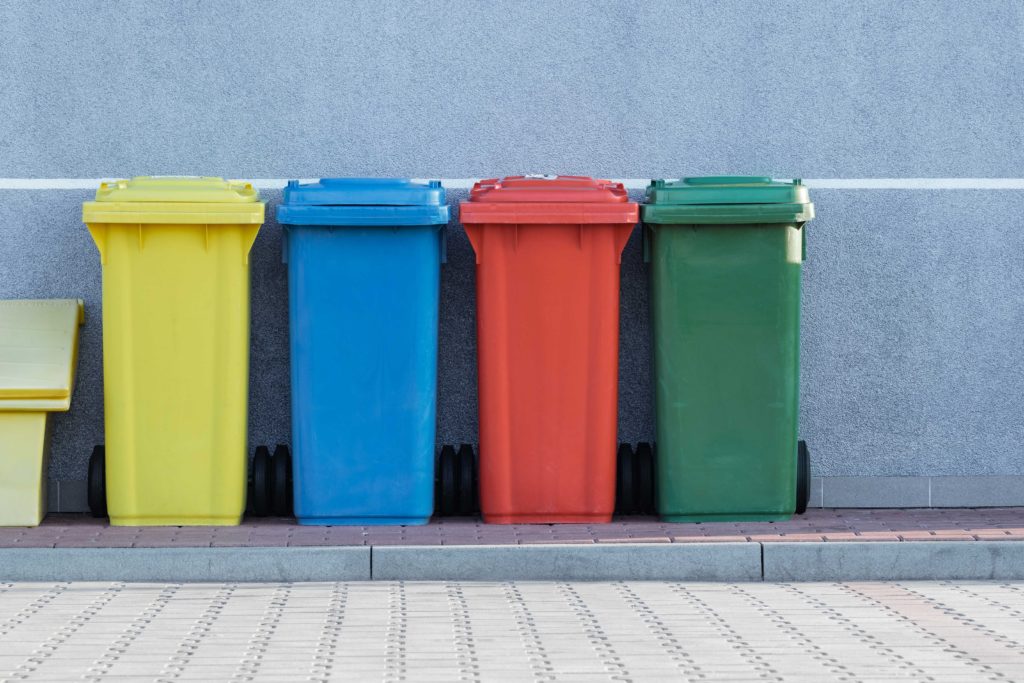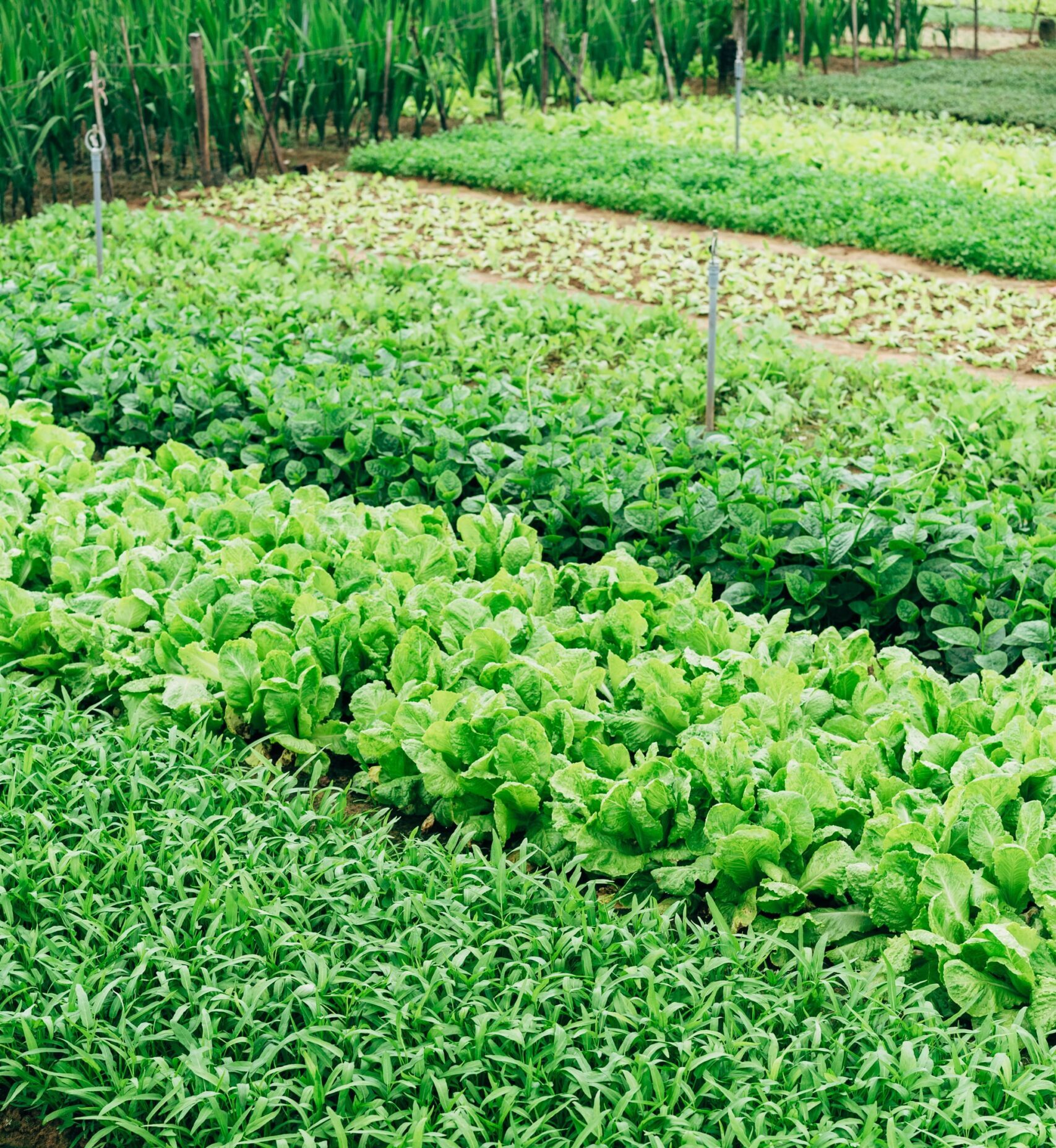The debate of whether plastic recycling actually works has been going on for years. In the midst of Plastic Free July, there is a renewed focus from the media on both sides. With 35.7 million tons of plastic being produced in the U.S. every year (not to mention what is imported), it is crucial for us to have a clear picture of the reality of plastic recycling. The Atlantic and Bloomberg, in particular, seem to be the loudest voices this year on the matter. So, what are they saying?
Earlier this summer, The Atlantic took a stand against plastic recycling, claiming that “plastic recycling doesn’t work, and will never work.” The publication went into lengthy detail about how although recycling works for materials such as paper, it fails plastic since there are so many varieties that cannot undergo the same processes. Since China stopped accepting U.S. recycling, the recycling rate dropped from 9.5% in 2018 to a disheartening 5% as of last year. Indeed, the authors Judith Enck and Jan Dell raised a good point regarding the latest recycling technology, chemical recycling, which creates fossil fuels after melting plastic. Even if this new process becomes the most effective way to recycle, the resulting emissions of the technique defeat the purpose.
On the other hand, Bloomberg completely disagrees and encourages readers to “ignore the cynics.” The publication cites the Association of Plastic Recyclers, which has shared that the U.S. has over 180 plastic reprocessors that recycle billions of pounds each year. The author, Adam Minter, also shared that there is an ever-increasing demand for post-consumer plastic in various industries, and it reached 4.8 billion pounds in 2020. Demand is expected to increase by another 30% in the next three years. This economic drive makes Bloomberg confident in the future of recycling.
So does recycling work or not? I believe that we are asking the wrong questions. Yes, there are many types of plastic out there, making it challenging to find a recycling method that works. Yes, recycling is an industry that can drive economic growth, thus incentivizing more reuse of post-consumer plastics. However, recycling plastic is a resource-intensive process, regardless of whether it’s traditional recycling or chemical. The consumption of single-use materials will always cause damage to our environment. The question we should be asking, is how do we stop relying on recycling and move towards a circular economy?
Some of the most dangerous plastics for our environment are plastic bags, cutlery items like to-go utensils, plates, straws, drink bottles, to-go containers, balloons, and plastic-lined coffee cups. These plastics are some of the most frequently used and can take hundreds if not thousands of years to break down, and even then leave microplastic particles that seep toxins into our water and soil. Switching to reusable versions of these items is the best way to reduce single-use plastic waste that pollutes our environment and shows manufacturers a demand for reusable products. However, reusable items are not always accessible to everyone. Whether that’s because of an actual lack of the items being sold in the area or simply being much more expensive. The cheap cost of plastic could drive up the price of reusables to a point where it’s no longer sustainable for the average customer.
Although we cannot rely on recycling to solve the plastic crisis, we still need a solution for the plastic we have no choice but to use. Most of us still face plastic in our homes as companies have dragged their feet in switching to less wasteful alternatives. I’m constantly under stress scanning the bag of food packaging, trying to decipher whether or not I can recycle something. The first step to more effective recycling is to educate yourself on your county’s recycling practices. Look up your county’s website and see what can or cannot be recycled. I printed this list out and pinned it above my recycling bin, so I don’t forget. The second most important thing is to thoroughly clean every item and rinse out those bottles and coffee cups. Clean the grease from the food packaging. More often than not, if the container is dirty and sometimes even stained, it’ll immediately be tossed out.
Recycling isn’t perfect, and although many countries and some U.S. states are moving towards banning single-use plastics, we are not there yet and still have to do what we can until then. There is no one “cure-all,” and we can’t just sit around and ignore the plastic crisis until we have one. Even if only a small percentage of plastic gets recycled, at least that percentage will not add to the crisis. We can do our part in making the amount recycled more significant, and we can also continue speaking up against single-use plastics.
Get more like this—Sign up for our daily inspirational newsletter for exclusive content!
___
Photo: Pawel Czerwinski on UnsplashThe





